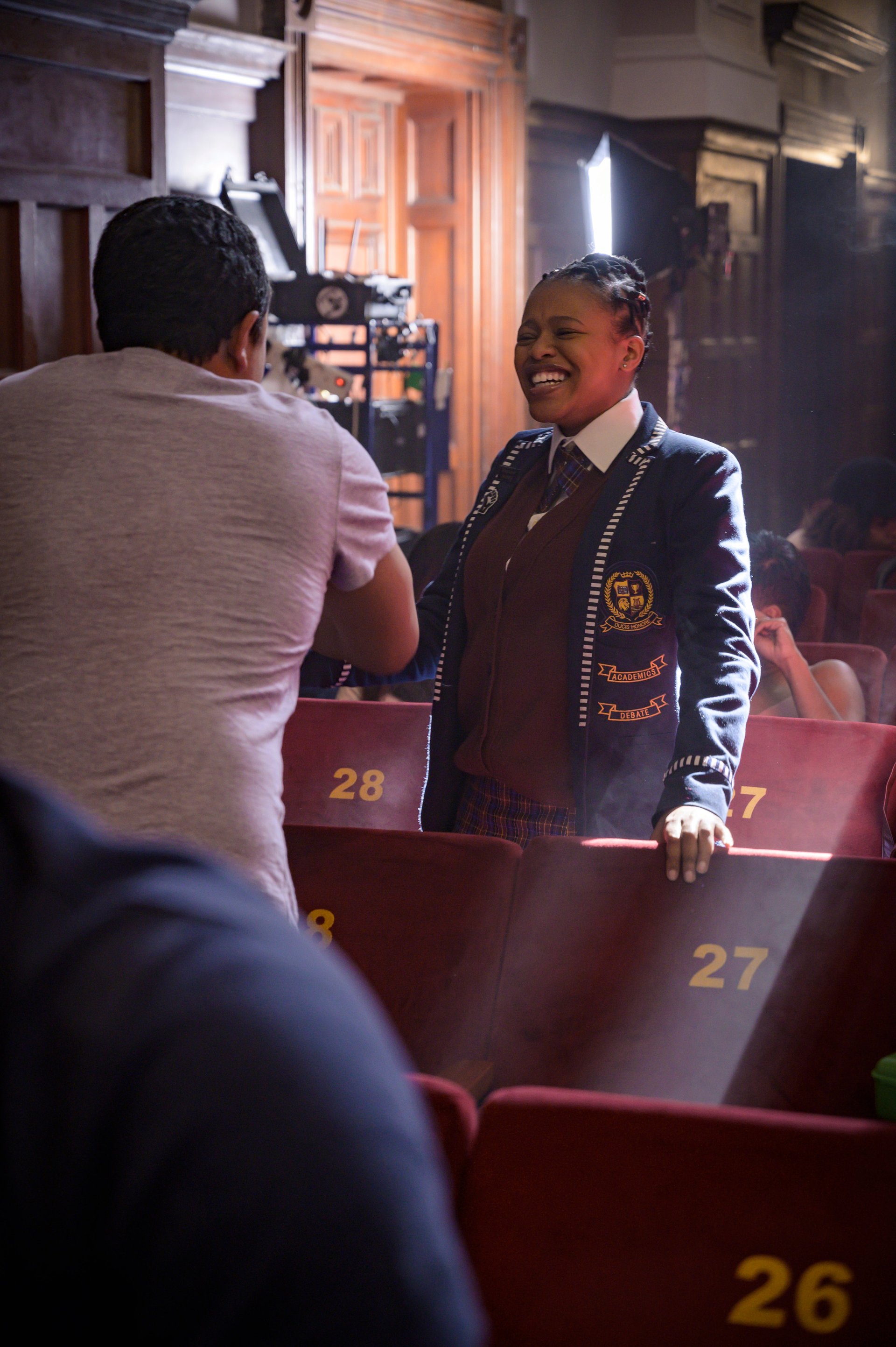Netflix’s “Blood and Water” features Black wealth, Cape Town mansions and invisible inequality
Netflix confirmed this week its second original South African series Blood and Water will be returning for a second season. When it does return the producers could take the opportunity to share a more holistic view of the life of the country’s rich and fabulous black elites.


Netflix confirmed this week its second original South African series Blood and Water will be returning for a second season. When it does return the producers could take the opportunity to share a more holistic view of the life of the country’s rich and fabulous black elites.
Blood and Water is set in a fictional, prestigious private school Parkhurst College in Cape Town. It’s a world which showcases the burgeoning Black upper middle class.
Often referred to as Black diamonds, these citizens live in mansions rather than shacks; drive expensive cars and often choose to educate their children at independent instead of state schools.
The Khumalos, the family at the heart of the show, may not be the wealthiest family in their neighborhood, but they have assets and a lifestyle that has historically been rare among South Africa’s Black population. But when their daughter Puleng transfers to Parkhurst she meets black students living in an opulence with which even she is unfamiliar.

In the first season of Blood and Water, the filming locations featured expansive shots of picturesque Cape Town locations including the University of Cape Town, the Cape Town City Hall, the Sea Point promenade and beautiful beach suburbs such as Camps Bay and Llandudno.
Art director, Chris Joubert says in order to contrast Puleng’s middle class world with her posh private school, the team took an aspirational, and in some ways inspirational, foray into lives that haven’t commonly been portrayed on television screens.
This however has come at the expense of a more realistic account of life and schooling in South Africa.
On the show, there’s little reflection that South Africa has the highest income inequality in the world. Only one end of the financial spectrum is portrayed. The Khumalo family are not the wealthiest in their suburban neighborhood, and certainly not at Parkhurst College, but their middle class existence seems to be the sole attempt at balance.
We don’t get to see the working class in the background, whether at work in the homes or schools of the rich families or dialogue reflecting acknowledgment of their existence. This absence of many of the economic realities of poor South Africans is unrealistiic. More so, because the series is set in Cape Town, which is consistently noted for its stark and rising inequality.
It stars a majority black cast but strangely doesn’t feature the backdrops of slums and townships as shown in other productions like Invictus, District 9 and even on Netflix’s first African original, Queen Sono.
Netflix’s investment in African entertainment has been welcomed because it is expected to reinvigorate the many independent production hubs and talent around the continent which have struggled to raise the kind of funding needed to develop Hollywood-standard shows or movies. But this also means Netflix, with an original production budget of $15 billion, is in an unusually powerful position to enhance or distort reality about the continent. Shows like Blood and Water and Queen Sono are widely watched outside South Africa since as a Netflix-owned show it is made available to all its 183 million subscribers around the world.
All this content is a much needed opportunity for African viewers to see quality stories and rounded characters they recognize from their lives; rich and poor alike. For years, Africans have complained about Hollywood and Western media’s reinforcing images of African poverty and war, but even unintentional attempts to over-correct this lopsided portrayal may end up not being that much more insightful or realistic.
“There are many poverty-stricken environments in Cape Town, but there are also pockets of the affluent side. We knew we were going to be showing something new to the world, but not as new to South Africa,” says Daryne Joshua, who wrote the first episode of Blood and Water.
Sign up to the Quartz Africa Weekly Brief here for news and analysis on African business, tech and innovation in your inbox